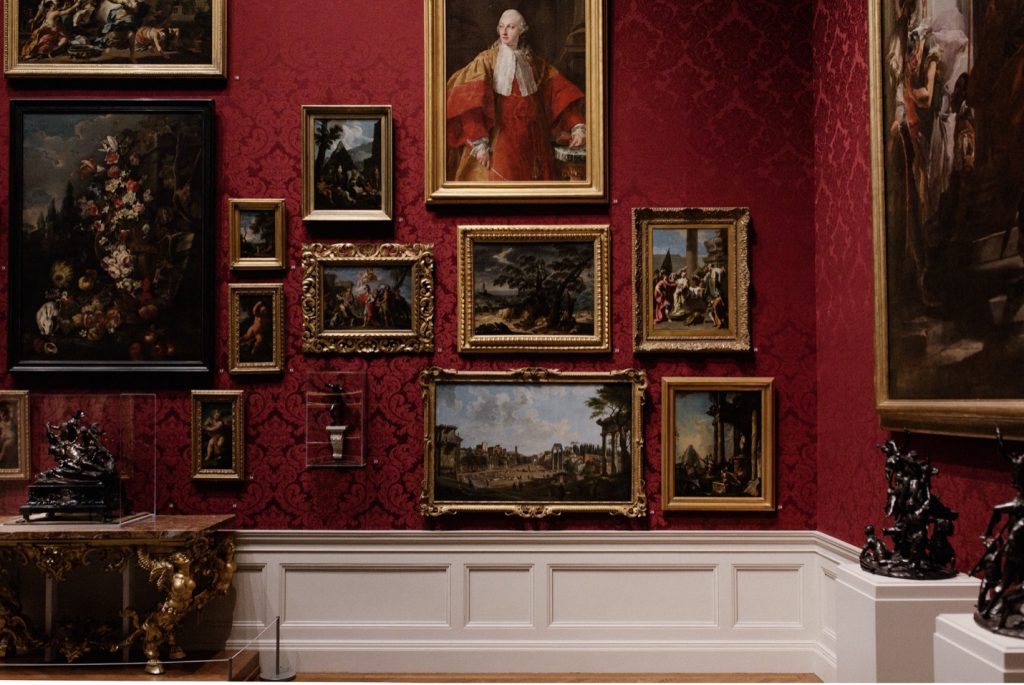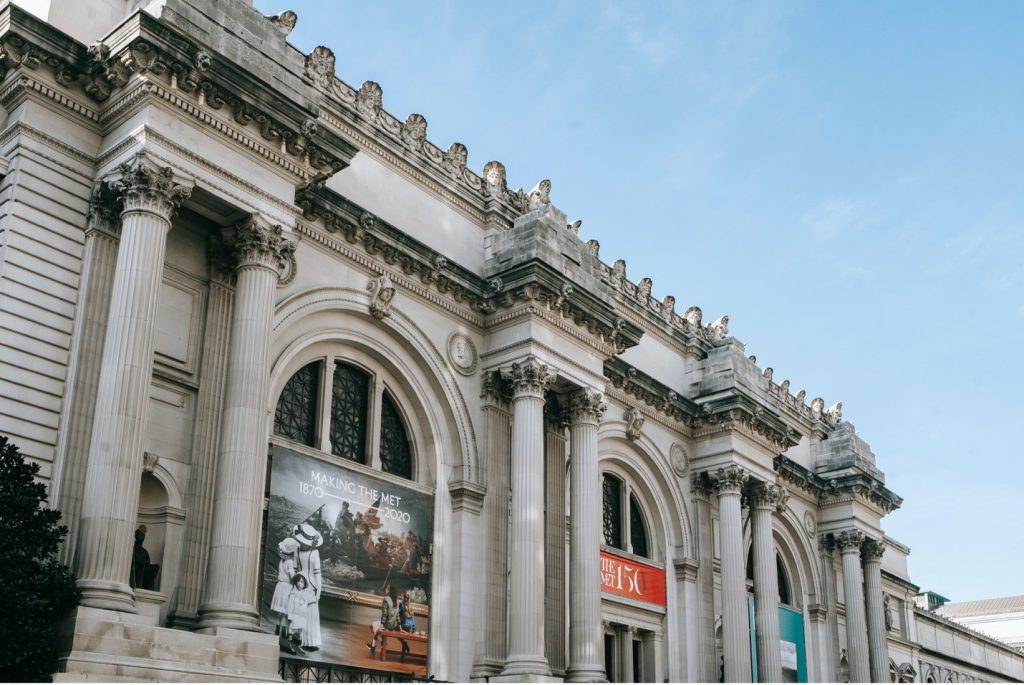Recent high-profile investigations of noted collectors provide a reminder of the need for antiquities collectors to carefully consider the provenance and history of objects in their collections. According to The New York Times, the New York District Attorney’s Office (New York D.A.) recovered (by its own count) nearly 4,500 antiquities from 2011 through the end of 2022. The New York D.A. claims to have recovered almost 850 antiquities, valued at over $165 million in total, since the beginning of 2022 alone. Both individual collectors and museums should be aware of the signs of looted antiquities and consider reviewing their collections and updating their policies where applicable.
COLLECTORS BEWARE
Two recent investigations involving noted antiquities collector and Metropolitan Museum of Art board member Shelby Wright and hedge fund billionaire and philanthropist Michael Steinhardt show that even high-profile individuals are not immune from scrutiny.
Last December, it was reported that the New York D.A. had been issued two search warrants to search Ms. White’s home. In April, the New York D.A. announced that it had seized 89 antiquities collectively valued at nearly $69 million and originating from ten different countries over the course of its investigation. It thanked White for her cooperation and is repatriating items from her collection to their countries of origin.

In 2021, the New York D.A. announced an agreement with Mr. Steinhardt not to prosecute him in exchange for his compliance with certain conditions following a grand jury investigation into his collecting activities. Under the terms of that agreement, Steinhardt relinquished all interest in and claims to 180 antiquities in his collection, with a value of approximately $70 million, and agreed not to acquire any antiquities (defined as artifacts created before 1500 CE) for the remainder of his life. Mr. Steinhardt denied that the artifacts were looted. The New York D.A is still repatriating the named antiquities to their countries of origin; recent repatriations have gone to the Palestinian Authority, Egypt and Italy.
The New York D.A. in recent months has also announced a handful of significant returns from the collections of unnamed private collections.
The New York D.A. also targets dealers it suspects of being responsible for trafficking in looted artifacts. For example, it has repatriated hundreds of antiquities to India and Pakistan from the collections of Subhash Kapoor, who was sentenced in November 2022 to ten years imprisonment in India for burglary and illegal export, and is the subject of a pending extradition request from the New York D.A.
CULTURAL INSTITUTIONS — YOU TOO!
Significant cultural institutions are not immune to being targeted for allegedly possessing looted antiquities. In September 2022, the New York D.A. announced that it obtained three search warrants against New York’s Metropolitan Museum of Art seeking items it believed were looted and seized 27 artifacts valued at over $13 million. The museum told The New York Times that it was fully cooperating with the investigation.

In August 2022 the J. Paul Getty Museum in Los Angeles announced that it would return five objects to Italy after receiving information from the New York D.A. In September 2022, the New York D.A. returned to Egypt an artifact known as the “Green Coffin,” valued at over $1 million, after negotiating its return from the Houston Museum of Natural Sciences. Lastly, in February 2023, the New York D.A. returned the “Hadrian Head,” valued at $250,000, to Italy from the San Antonio Museum of Art.
LESSONS FOR COLLECTORS AND MUSEUMS
Collectors—both individuals and institutions—should be aware of signs that the New York D.A. considers in determining if an object that lacks a robust provenance could be looted, to guide their decisions on what to purchase or display:
- It reached the market through a known trafficker, like Mr. Kapoor.
- There are photographs of the antiquity in its looted state, used by looters to “authenticate” their finds by showing them dirty and unrestored.
- The antiquity was dirty when purchased, as legally authorized excavations usually thoroughly clean the item.
- The seller was able to specifically identify where the antiquity was found, though it was not part of a scientific or authorized excavation.
- The antiquity is in fragments that are easily fixed (for example, broken at the elbow or knee).
- The antiquity reached the market after a period of geopolitical turbulence in its home country.
- There are reports of looting in the area where the antiquity was found.
- A complete hoard — that is, a grouping of items — lacks a provenance.
- There is a provenance, but it is generic or unclear.

Collectors who have purchased or are considering purchasing antiquities that meet some of or all these criteria should consider seeking legal advice or requesting additional provenance information.
Institutions—particularly as their collections become increasingly visible through ongoing digitization efforts—should consider revising their own policies to reflect modern standards (and to avoid the embarrassment of a criminal seizure). New policies adopted by the Smithsonian and the Metropolitan Museum of Art provide some guidance.
In May 2022, the Smithsonian announced a new “ethical returns policy.” As part of that policy, the Smithsonian affirms that all items in its extensive collections must have been acquired “legally,” but goes beyond that to consider “current ethical practice and principles.” As part of that obligation, the Smithsonian pledges not only to consider the “care and potential return of human remains and/or objects of tangible cultural heritage,” but also to “shar[e] associated information.”

In New York, following significant seizures from the New York D.A., the Metropolitan Museum of Art in May 2023 introduced four new initiatives to oversee its collecting practices. First, the museum committed to researching the provenance of items in its collection through art dealers whose methods and practices have since come under scrutiny. Second, it will hire a dedicated “manager of provenance research,” along with three additional researchers. Third, the museum commits to participating more visibly in the cultural property discussion. Finally, it created a dedicated committee to guide the museum in considering these issues.
In Closing
Antiquities collectors should carefully consider the provenance and history of objects in their collections to avoid being accused of looting. Collectors and institutions may be well-served in considering the potential upside of investing resources into examining their collection policies in light of mounting external pressures—including local, state or federal officials and foreign governments.
______________________________
Author Bio:
Meaghan Gragg is a partner in Hughes Hubbard’s Litigation Department and Co-Chair of the firm’s Art Law Group. Sigrid Jernudd is an associate in the New York office of Hughes Hubbard & Reed, where she focuses on litigation and international arbitration.


